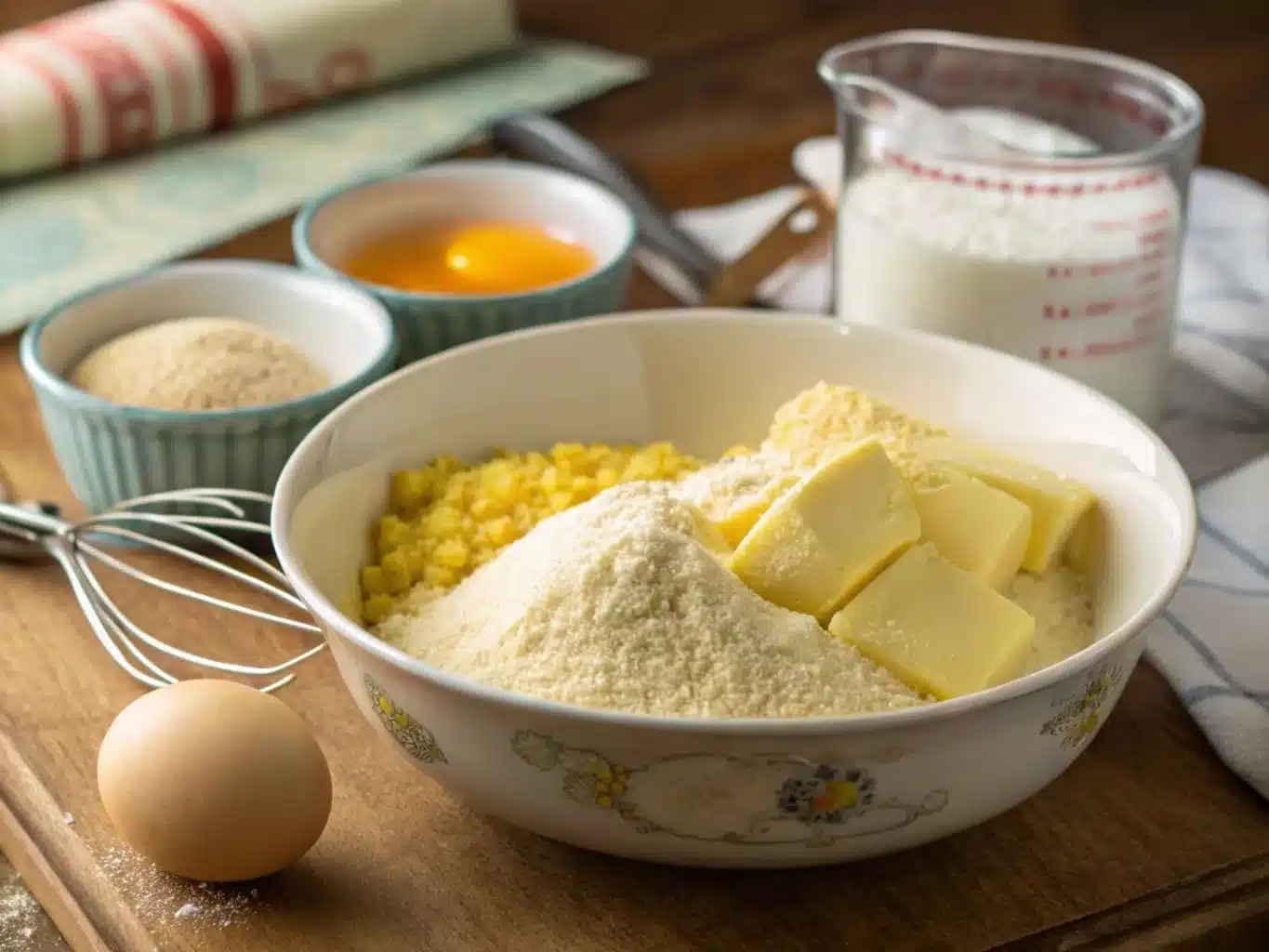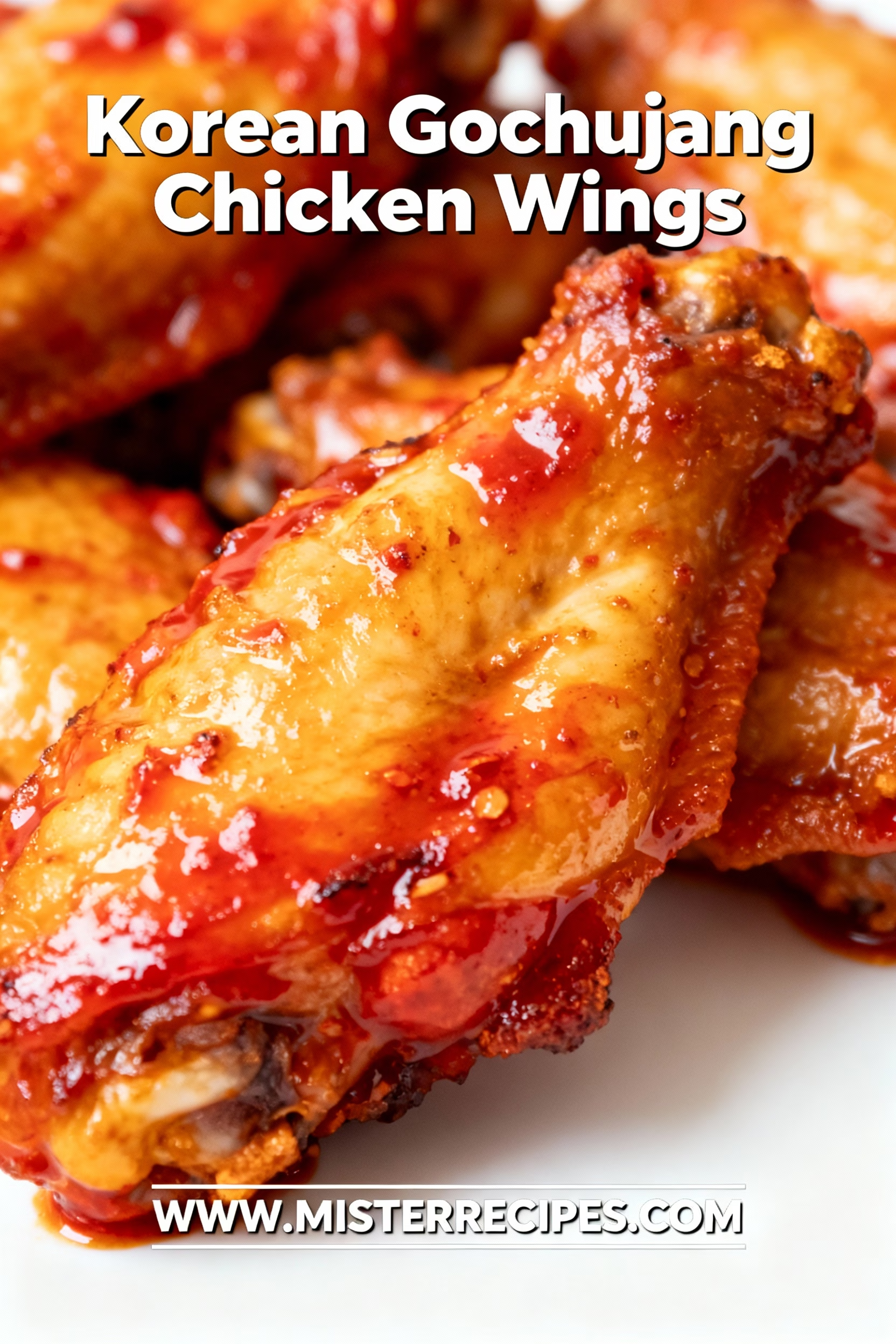Should I Add an Extra Egg to My Cornbread? Expert Insights and Tips
Cornbread holds a cherished place in culinary traditions, from Southern comfort food to hearty accompaniments for family meals. With its golden crust and tender crumb, it serves as both a side dish and a centerpiece, adaptable to various tastes and occasions. Among the many questions that arise when perfecting a cornbread recipe, one stands out: Should you add an extra egg? This simple adjustment can yield transformative effects, enriching the flavor, texture, and overall quality of the bread. By understanding the science and artistry of this choice, you can elevate your cornbread to new heights of deliciousness.
Table of Contents
Benefits of Adding an Extra Egg to Cornbread
Enhanced Moisture
Eggs play a vital role in baking, serving as both a binder and a source of moisture. By adding an extra egg, your cornbread becomes noticeably richer and more tender. The additional fat and protein in the egg help retain moisture, preventing the cornbread from drying out during baking. This makes it particularly advantageous for recipes that might otherwise turn out dry, such as those baked in a convection oven or left out longer before serving.
Improved Flavor
An extra egg introduces a subtle richness to the flavor profile of your cornbread. This is particularly beneficial if you’re aiming for a heartier, more luxurious taste. The yolk’s natural fats contribute to a creamier texture and enhance the overall flavor. For those who enjoy sweet cornbread, the enhanced flavor from the egg pairs wonderfully with honey, molasses, or even a touch of maple syrup.
Better Rise
Adding an extra egg can improve the rise of your cornbread. Eggs act as a leavening agent in combination with other ingredients, creating a fluffier and more appealing texture. If you’ve ever noticed flat or dense cornbread, an additional egg might be the solution. This effect is especially noticeable when using self-rising cornmeal or recipes with baking powder.
Enhanced Structure
The proteins in eggs provide structural integrity to baked goods. With an extra egg, your cornbread will hold together better, reducing crumbliness and creating a more cohesive slice that’s easier to serve. This makes it a great choice for dishes where cornbread serves as a base, such as casseroles or stuffing.
Impact on Texture and Density
Denser and Chewier Results
While the extra egg can add moisture and rise, it also contributes to a denser crumb. This is ideal for those who prefer a cornbread that’s less crumbly and more substantial. However, if light and airy is your preference, balancing the egg with other ingredients is crucial. For example, you can add a touch more baking powder or increase the amount of buttermilk to counteract density.
A Smoother Crumb
The additional egg creates a finer, smoother texture. This is especially beneficial when serving cornbread as a side dish for soups or stews, where a cohesive texture is desirable to soak up broths and gravies. A smoother crumb also lends itself well to cornbread muffins, which benefit from being less crumbly and easier to handle.
Balancing Sweetness
Eggs can subtly amplify sweetness in baked goods. If you’re using sweeteners like sugar or honey in your cornbread recipe, an extra egg can enhance this quality. This makes it an excellent choice for dessert-like variations of cornbread, especially when paired with whipped butter or fruit preserves.
Egg-to-Liquid Ratio in Recipes
Maintaining Balance
When adding an extra egg, it’s essential to adjust the liquid ratio in your recipe. Too much egg without compensating for the change can result in overly dense batter. Consider reducing other liquids slightly, such as buttermilk or water, to maintain the ideal consistency. This step ensures that your batter doesn’t become overly thin, which can affect the baking process.
The Role of Fat
An extra egg increases the fat content in the recipe, which can alter the baking time and temperature. To ensure even baking, lower the oven temperature by 5°F and extend the baking time slightly. This adjustment allows the cornbread to set properly without becoming overcooked on the edges. Incorporating this change prevents issues like uneven browning or a soggy center.
Batter Consistency
The batter should be thick but pourable. If the addition of an egg makes the batter too runny, counterbalance it with a tablespoon or two of cornmeal. Conversely, if it’s too thick, a splash of milk or buttermilk can restore the desired texture. Aim for a consistency similar to pancake batter for the best results.
Suitable Recipes for Extra Eggs
Adjusting Jiffy Mix
Adding an extra egg to a Jiffy cornbread mix is a simple yet effective way to enhance its texture and flavor. Follow the package instructions but include an additional egg and slightly reduce the liquid to achieve a denser, more flavorful result. This modification works particularly well when preparing cornbread muffins or mini loaves.
Homemade Recipes
For homemade cornbread, incorporate an extra egg along with ingredients like buttermilk or sour cream to balance the batter. This combination results in a creamy and rich cornbread perfect for any occasion. Homemade recipes also allow greater flexibility in experimenting with flavors, such as adding herbs or spices.
Special Variations
Try adding the extra egg to unique cornbread recipes, such as those featuring whole kernel corn, jalapeños, or cheddar cheese. The egg binds these ingredients beautifully, ensuring every bite is flavorful and consistent. For a southwestern twist, consider mixing in diced green chiles and a handful of Monterey Jack cheese.
Substituting Eggs in Cornbread
Vegan Alternatives
If you’re looking for an egg-free option, substitutes like flaxseed meal or unsweetened applesauce can mimic the binding and moisture properties of eggs. These alternatives work well in most cornbread recipes but may slightly alter the texture. A flaxseed “egg” can be made by mixing one tablespoon of ground flaxseed with three tablespoons of water.
Dairy-Free Adjustments
For those avoiding eggs and dairy, consider using mashed bananas or silken tofu. These provide the necessary moisture and structure without compromising flavor. Silken tofu, in particular, is excellent for savory cornbread, as it doesn’t impart sweetness.
Experimenting with Ratios
When using substitutes, trial and error are key. Adjust the amount of liquid or dry ingredients to maintain the desired consistency, ensuring the cornbread remains moist and cohesive. Keep detailed notes on your substitutions for future reference.

Common Mistakes with Extra Eggs
Overpowering the Flavor
Adding too many eggs can overshadow the natural flavor of the cornbread, making it taste eggy. Stick to one additional egg unless the recipe explicitly calls for more. If you notice an overly eggy taste, try balancing it with additional seasonings or a pinch of sugar.
Incorrect Ratios
Failing to adjust the liquid or dry ingredients when adding an extra egg can lead to inconsistent results. Always balance the recipe to account for the additional moisture and fat. Measuring ingredients precisely is particularly important when adapting existing recipes.
Uneven Baking
Extra eggs can affect baking time and temperature. Monitor your cornbread closely to avoid overbaking or underbaking. A toothpick inserted into the center should come out clean when it’s done. If the edges cook too quickly, consider using an aluminum foil tent over the top.
Expert Tips for Perfect Cornbread
Preheat Your Skillet
For a golden, crispy crust, preheat your skillet or baking dish before pouring in the batter. This step ensures even cooking and enhances the texture. Use a small amount of butter or oil to coat the pan for added flavor and non-stick benefits. A cast-iron skillet is particularly effective, as it retains heat well and contributes to a beautifully browned crust.
Don’t Overmix
Overmixing the batter can make the cornbread tough. Stir until just combined to keep it light and tender. Avoid using a mixer for this step; a simple wooden spoon or spatula works best. Overmixed batter can result in excessive gluten development, which affects the texture.
Use Quality Ingredients
High-quality cornmeal, fresh eggs, and rich buttermilk make a noticeable difference. Opt for fresh, local ingredients whenever possible to elevate the flavor. Experimenting with stone-ground cornmeal can add a unique texture and taste. Additionally, using real butter instead of margarine enhances the richness of your cornbread.
Add a Topping for Extra Appeal
Consider sprinkling shredded cheese, chopped herbs, or a drizzle of honey on top before baking. These toppings can add an extra layer of flavor and texture, making your cornbread more visually appealing and delicious. For a savory twist, try a light dusting of smoked paprika or a handful of crumbled bacon.
Let It Rest
After removing the cornbread from the oven, allow it to rest for 5–10 minutes before slicing. This helps the crumb set and makes it easier to cut clean slices. Resting also allows flavors to meld, enhancing the overall taste.
Experiment with Add-Ins
Cornbread can be a versatile base for various add-ins. Try incorporating ingredients like sun-dried tomatoes, caramelized onions, or chopped nuts. These can complement the cornbread’s flavor while providing interesting texture contrasts.
FAQ Add an Extra Egg to My Cornbread
1. What happens if I add too many eggs to cornbread?
Adding too many eggs can make the cornbread overly dense and give it an eggy flavor. It’s best to stick to the recommended amount or only add one extra egg for balance.
2. How does adding an extra egg affect the texture of cornbread?
An extra egg makes the cornbread richer, more moist, and less crumbly. It can also contribute to a smoother and more cohesive texture.
3. Can I substitute an extra egg with something else in cornbread?
Yes, substitutes like flaxseed meal, applesauce, or mashed bananas can replace an egg, but they may slightly alter the taste and texture of the cornbread.
4. What’s the best way to balance extra eggs with other ingredients in cornbread?
Reduce the amount of other liquids like buttermilk or water slightly to maintain the right consistency when adding an extra egg.
5. How do I adjust the baking time when using an extra egg?
Lower the oven temperature by about 5°F and extend the baking time by a few minutes to ensure the cornbread bakes evenly without overcooking the edges.
Conclusion for Add an Extra Egg to My Cornbread?
Adding an extra egg to your cornbread is more than a tweak it’s a way to elevate this humble dish into something truly special. Whether you’re aiming for a richer texture, enhanced flavor, or a beautifully golden crust, this small adjustment opens up a world of possibilities. By understanding how to balance ingredients and adapt recipes, you can create cornbread that’s perfectly tailored to any occasion. From sweet variations to savory creations, the versatility of cornbread ensures it remains a staple in kitchens everywhere. With these tips and techniques, your cornbread will always rise to the occasion, satisfying both tradition and innovation.





1 thought on “Should I Add an Extra Egg to My Cornbread?”
Comments are closed.